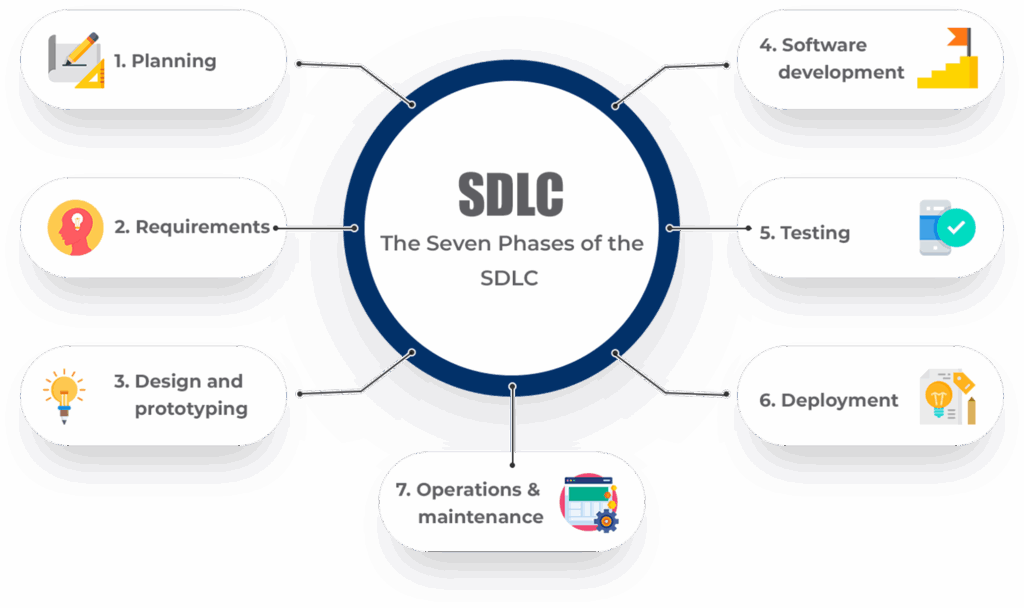What is SDLC? Software Development Life Cycle Explained for Developers.

What is SDLC?
The Software Development Life Cycle (SDLC) is a process used by software developers and teams to design, develop, test, and deploy software systems. It provides a structured approach to software creation, ensuring that the final product meets user requirements, is delivered on time, and stays within budget.
Phases of SDLC
- Requirement Gathering and Analysis
- Understand what the client or end-user needs.
- Collect detailed and clear requirements.
- Result: A requirement specification document.
- Planning
- Decide on resources, budget, and timeline.
- Identify risks and create a plan to manage them.
- Result: A project plan document.
- Design
- Create architecture and design of the system.
- Define technologies, database structure, and user interface.
- Result: Design documents, wireframes, and system blueprints.
- Development
- Start coding based on the design.
- Developers follow coding standards and use version control.
- Result: Working software modules.
- Testing
- Test the software to find bugs and verify functionality.
- Include unit testing, integration testing, and user acceptance testing.
- Result: A tested and bug-free application.
- Deployment
- Launch the application to the live environment (production).
- Could be a full release or done in phases.
- Result: Software available to users.
- Maintenance
- Fix bugs, improve features, and keep the system updated.
- Ensure software continues to perform well over time.
- Result: Long-term support and updates.
Why SDLC is Important:
The Software Development Life Cycle (SDLC) is important because it helps everyone on the team understand the project goals clearly. It makes planning easier by managing time, cost, and quality. With SDLC, each team member knows what to do and when to do it, which keeps the work organized and smooth. It also helps find problems early, so they don’t become big issues later. Even after the software is finished, SDLC supports updates and improvements to keep the product useful and up to date








